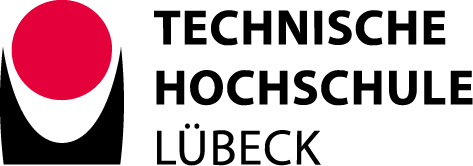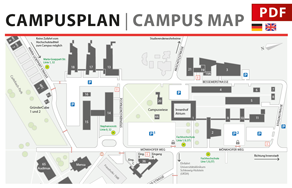ANIPULS
Development of a hybrid method for noninvasive determination of blood pressure with UWB radar (ultra wideband) and ultrasound
| Duration: | 01.06.2018 - 31.05.2020 |
| Project Leader: | Prof. Dr.-Ing. Horst Hellbrück |
| Staff: | Roman Kreiger, B.Sc. |
Motivation
Since the release of UWB technology by the Federal Communications Commission in 2002, a number of medical applications have emerged. Ultrasound is already used in medicine and has become established in almost all medical fields, including vascular diagnostics.
The medical applications of UWB systems are divided into the areas of vital signs detection and imaging. Reflection-based radar systems are used, which detect the interfacial reflections of individual tissue transitions. For example, it is possible to detect the diameter change of the aorta whose heartbeat-based diameter change is on the order of a few hundred micrometers.
Experimental ultrasound studies prove that it is possible to determine the blood pressure in arteries under defined conditions. Ultrasound is used to measure the thickness and extent of the vessel walls as well as the flow velocity profiles in the blood.
Both methods have the potential to measure blood pressure. UWB is more likely to be classified as a dynamic exercise under stress and exercise, while ultrasound provides benefits in a quiet location and low blood pressure. The parallel application can provide significant synergistic effects in the developmental phase and application.
Objective
The main objective of the research project ANIPULS is to develop a method for the continuous, non-invasive detection of arterial blood pressure based on a combined transmission and reflection approach with electromagnetic ultrabroadband signals. In particular, it will be investigated how far beyond the currently available methods the measurement accuracy can be increased by the novel approach. The combination as a hybrid method with ultrasound is used for referencing and improving the measurement in hypotonic circulatory situations. Central goals are the design of a suitable measurement method as well as the construction of a model for the evaluation of the measurement results. This approach, supported by simulation results generated in parallel, aims to measure the pressure conditions in the vessel throughout the clinically relevant area. In this case, the pressure is recorded continuously with a reference system in the constructed model and within the vessel section to be examined. The flow measurement in the system and the analysis of changes in the vascular wall by ultrasound provide additional parameters for integration in the final validation of the structure, taking into account a standardized, statistically reliable method. Another goal is the testing of the system in healthy volunteers, with a corresponding data of the model studies.
Approach
Due to the requirement to be able to measure the arterial blood pressure non-invasively and continuously precisely, as well as due to the still insufficient accuracy of existing procedures, here an approach is pursued, which combines previous transmission and reflection approaches of the UWB technique and combined with ultrasound. In this case, ultrasound serves as a reference to the UWB-determined vessel wall extent, and at low blood pressure as additional information to increase the measurement accuracy.

